These are the foods you do NOT need to throw out after their expiry date
Is it worth the risk?

By Hans Geel/Shutterstock
You’re making a coffee, reach into the fridge to grab the milk – and realise that it’s past its expiration date. Do you risk it and make your coffee anyway, or toss it in the bin?
Read on as we reveal what food and drink you should always throw away after its expiry date, and those it's still perfectly fine to eat.
Milk
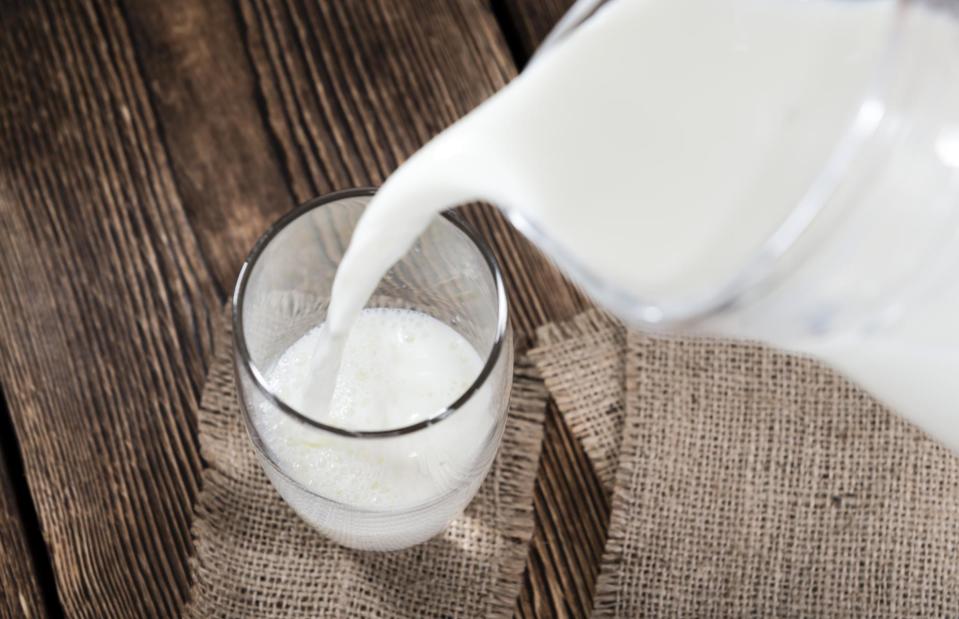
HandmadePictures/Shutterstock
The process of pasteurisation gets rid of harmful bacteria in milk but bacteria can still grow, especially if the milk is kept out of the fridge too long. The "best before", "use before" or "sell by" dates on milk aren't much of a guide – if it starts to smell or taste sour, that's when to stop drinking it. A sip or two of sour milk, while disgusting, is unlikely to make you ill.
Berries

Bojsha/Shutterstock
Mould is the only thing to check for when deciding if berries are safe or not (any date on the pack is immaterial). The official advice is to discard soft fruits once they have any mould growth as their high moisture content means they can be contaminated with bugs you can't see.
Whipped cream
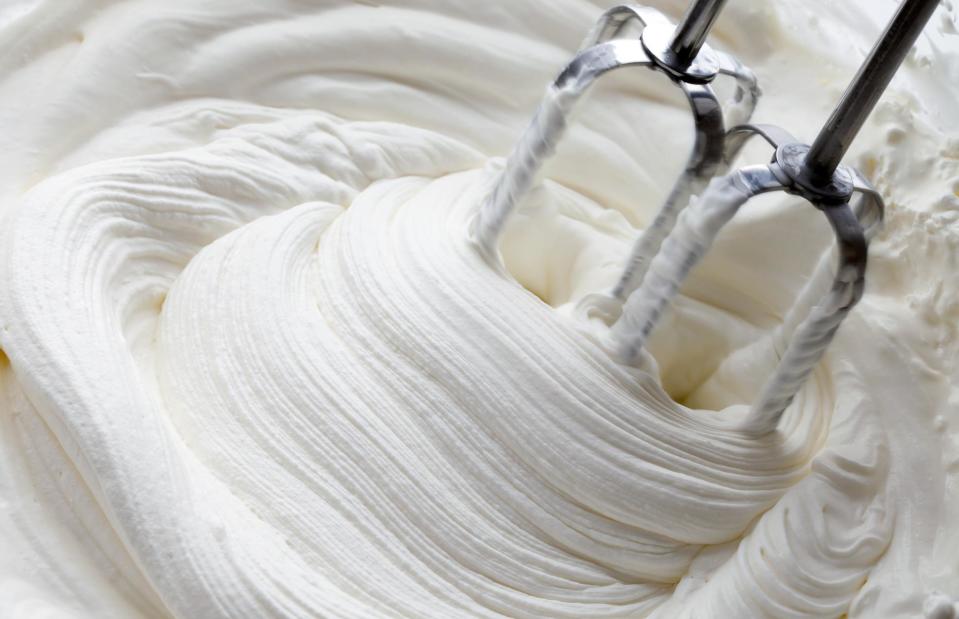
HikoPhotography/Shutterstock
Homemade whipped cream should be eaten quickly, not because it could make you sick but because it will lose its texture and no longer be fresh. After being kept in the fridge for a day it will lose its form and become a runny liquid with little flavour. Unwhipped, double cream should last around 10 days in the fridge.
Bagged salads
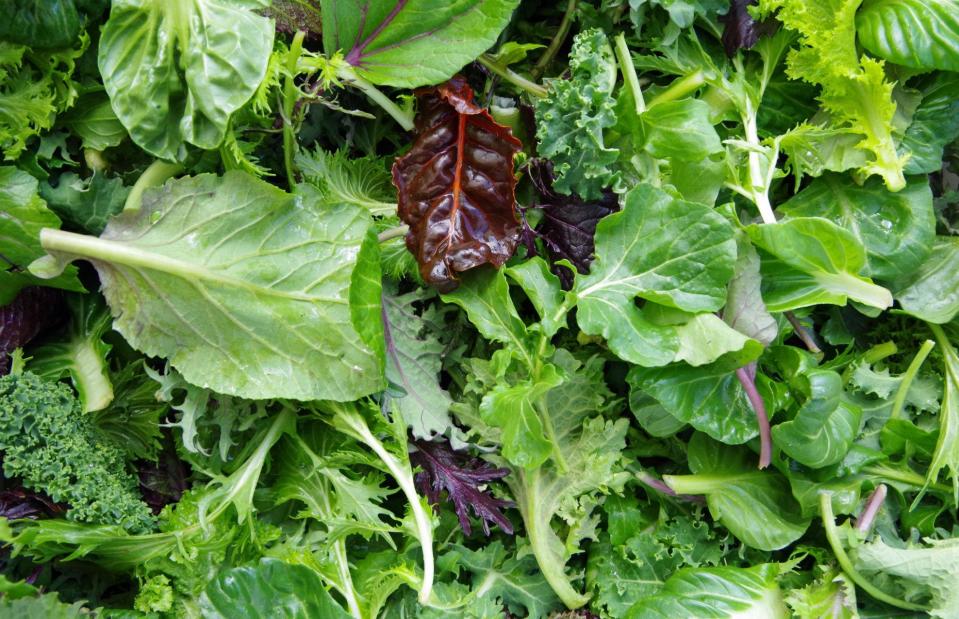
Paul Pellegrino/Shutterstock
Pre-made bagged salads may be pre-washed multiple times, but because they’re handled so frequently they are still prone to getting bacteria, which can include listeria, salmonella and E. coli at the very worst. If you're unlucky enough to have picked up a salad with these in, you can reduce the risk of the bacteria multiplying to levels that will make you ill by using the salad as soon as possible after opening and always throwing away leaves that are past their expiry.
Raw chicken

Larisa Blinova/Shutterstock
One to two days is the maximum recommended time to keep raw chicken in the fridge before cooking. That said, in the USA there is currently no legal requirement for chicken to carry a sell by or use before date, stores may add one voluntarily. So if it smells and looks fine and isn't slimy, cooking chicken a little after the date on the packaging is usually OK, as long as you adhere to safe cooking times (as pictured). Always take care when handling the chicken however, as elevated bacteria levels from the raw meat can still pose a risk of illness if they're spread around the fridge or onto kitchen surfaces.
Fish
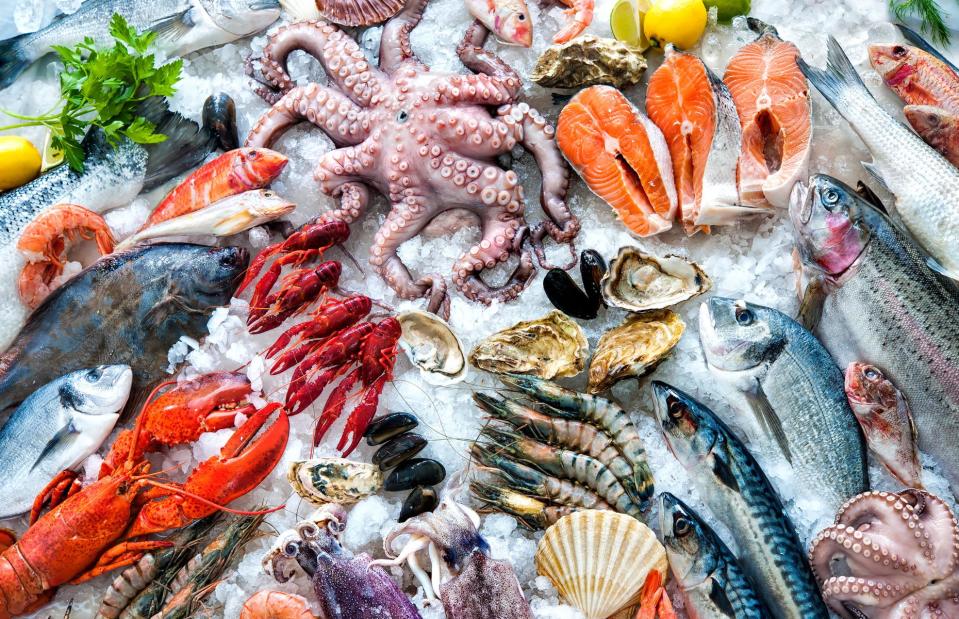
Alexander Raths/Shutterstock
Fish that isn't fresh or hasn't been subject to proper storage and handling can cause food poisoning. One to two days is the maximum amount of time fish should be kept in the fridge before cooking or freezing. Where the packaging suggests a use by date, stick to what it says.
Minced beef
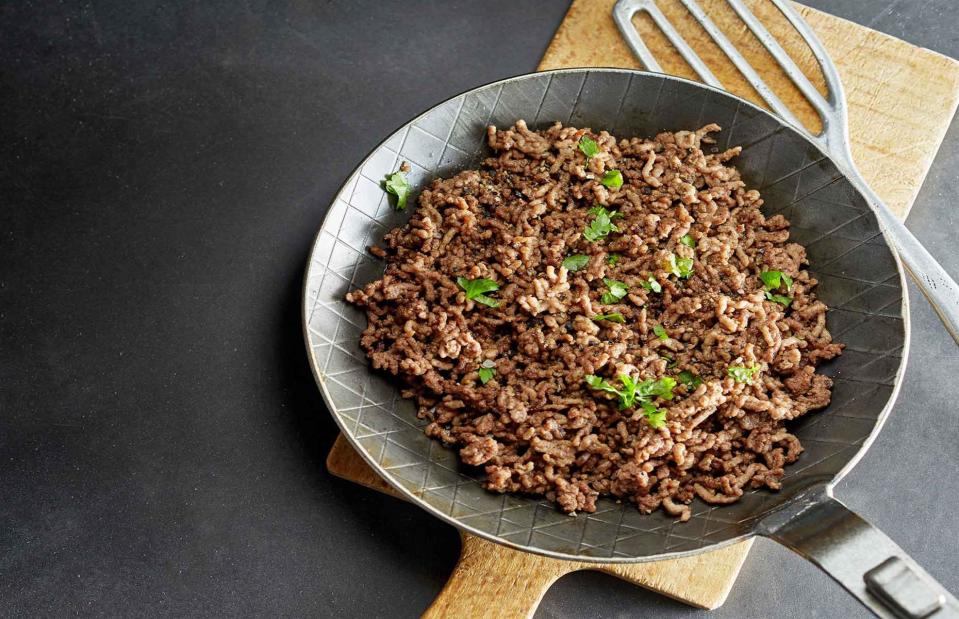
stockcreations/Shutterstock
Minced beef is much more likely to cause food poisoning than a lump of steak, as bacteria like E. coli, salmonella or staphylococcus aureus on the outside can get mixed all the way through when the beef is minced. Good refrigeration and consuming within one to two days will mean bacterial numbers don't get out of hand so do take note of the use by date. But most critical is cooking until no pink bits remain (as pictured).
Spinach
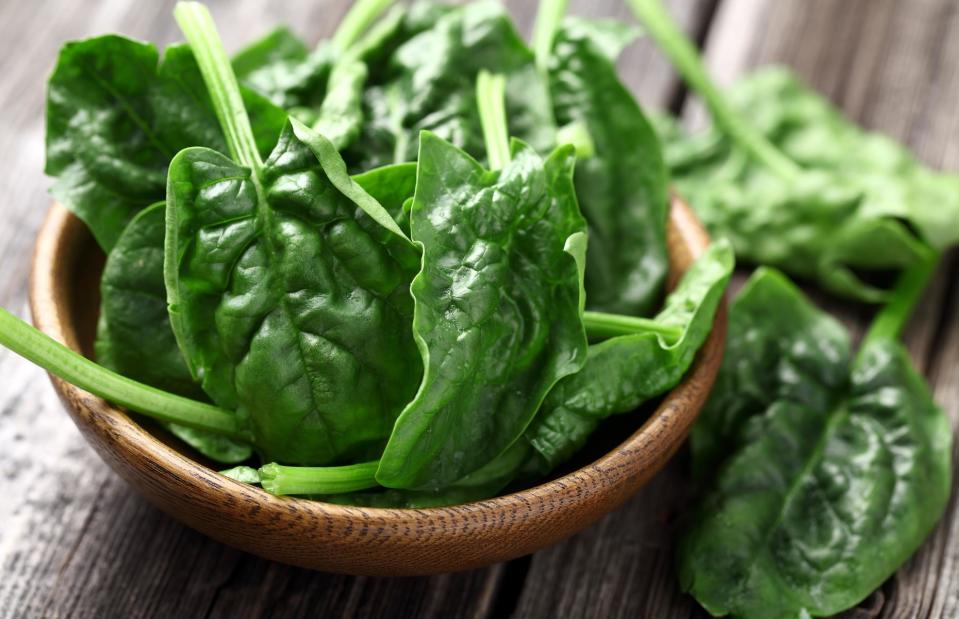
Dionisvera/Shutterstock
Use before dates on spinach leaves are a good guide, but once they start to wilt, don't eat them uncooked. Wilted leaves are fine cooked, but once they are brown or slimy the rule is to not eat them at all. To prolong their lifespan spinach leaves should only be rinsed and dried just before they’re used.
Fresh mussels
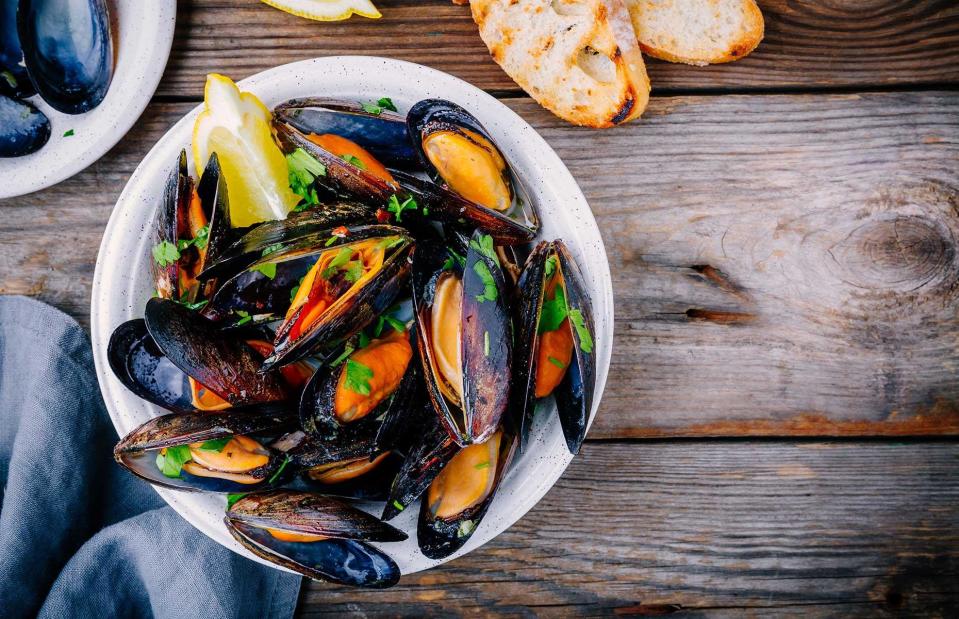
Ekaterina Kondratova/Shutterstock
Live, fresh mussels can last a couple of days in the fridge. And there are some important rules to follow: don't put live mussels into airtight containers, discard any if their shells crack or break, and throw any that do not close when you tap them. During cooking the shells must open wide – discard any that do not.
Soft cheese

By Hans Geel/Shutterstock
Soft cheese is a prime breeding ground for listeria, so soft cheeses shouldn't be consumed beyond their use by date. Consume undated soft cheeses from the deli section within one to two weeks. Throw away any soft cheese that grows mould at any stage. This also applies to blue cheese and cheeses like brie with a white mould on the outside.
Liking this? Click on the Follow button above for more great stories from loveFOOD
Pork mince

Kajohnwit Boonsom/Shutterstock
Just as with minced beef, pork mince’s expiry date should be adhered to as it can be the perfect breeding ground for various types of bacteria if not eaten within its expiration. The USDA's FoodKeeper App recommends only keeping it in the fridge for one to two days before eating. It should be cooked until no pink bits remain (as pictured) and burgers made with ground pork should be cooked thoroughly to 71°C (160°F) to avoid food poisoning.
Bread
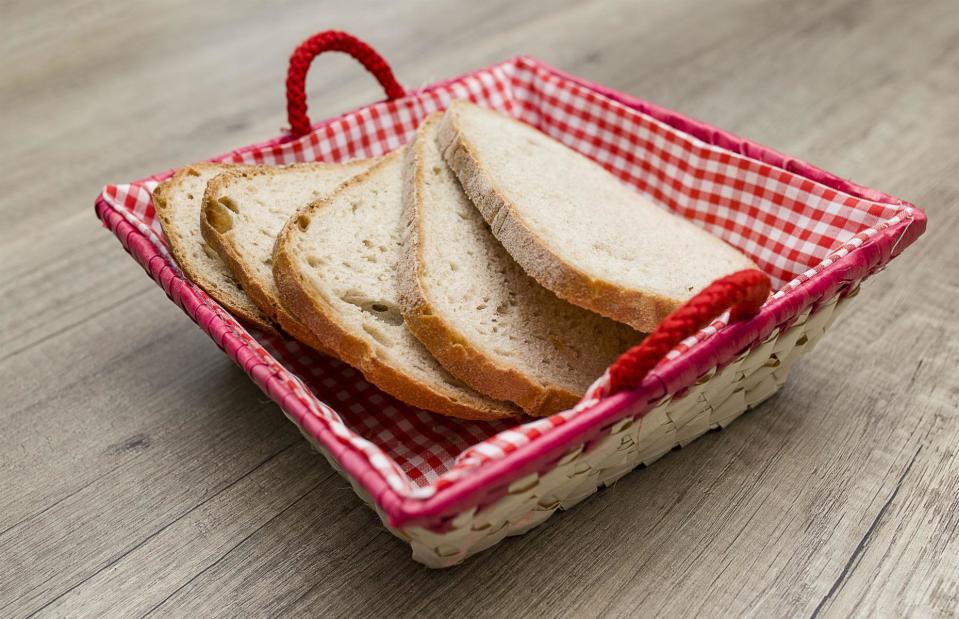
Stock Design/Shutterstock
You can keep bread until you see any mould growing on the surface, but then it's time to throw it out. You may just be tempted to cut out the mould, but as bread is a porous food it may be contaminated below the surface with bacteria you can't see.
Unpasteurised juices
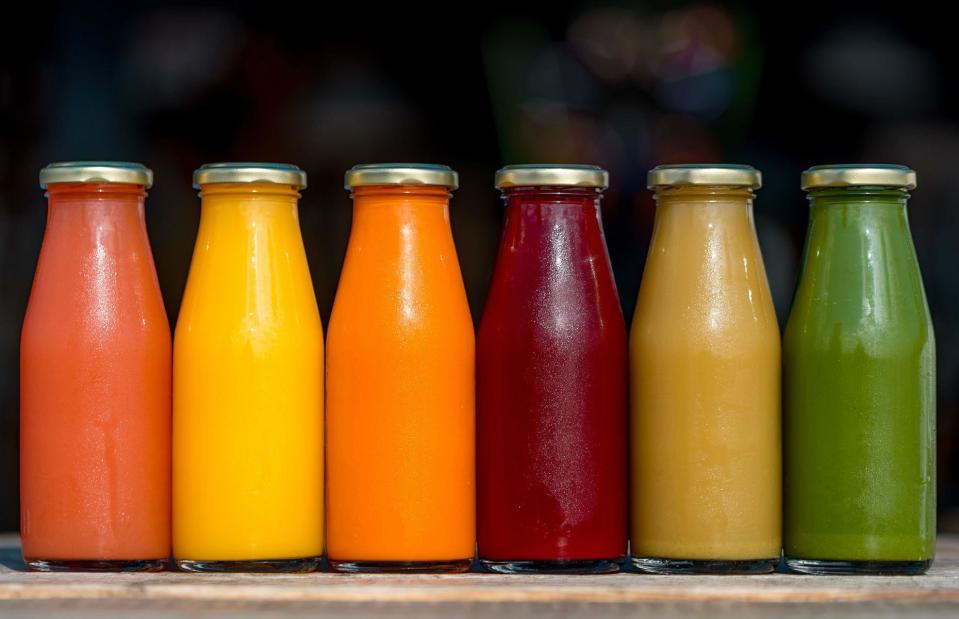
Yakov Oskanov/Shutterstock
As painful as it is to throw away something when you haven’t even opened it, especially when it’s pricey, you should always throw away raw, cold-pressed juices if they’ve expired. Fresh juices, including homemade, should only be consumed two to five days after they’ve been made. Raw, cold-pressed juices are unpasteurised and far more prone to contamination by bacteria and yeast.
Fresh oysters

Subbotina Anna/Shutterstock
As with mussels, oysters should be served as fresh as possible and be alive up until the moment they are shucked. At home don't be tempted to keep them longer than two days after purchase (unless you're freezing). Eating out? Ask to see the “shellfish tag”, which every restaurant or retailer is required to have for each bag of oysters that they purchase. If the date on the tag indicates they were harvested longer than a few days ago, avoid. Plus it's recommended that older people, pregnant women and very young children shouldn't eat raw or lightly cooked shellfish.
Canned food
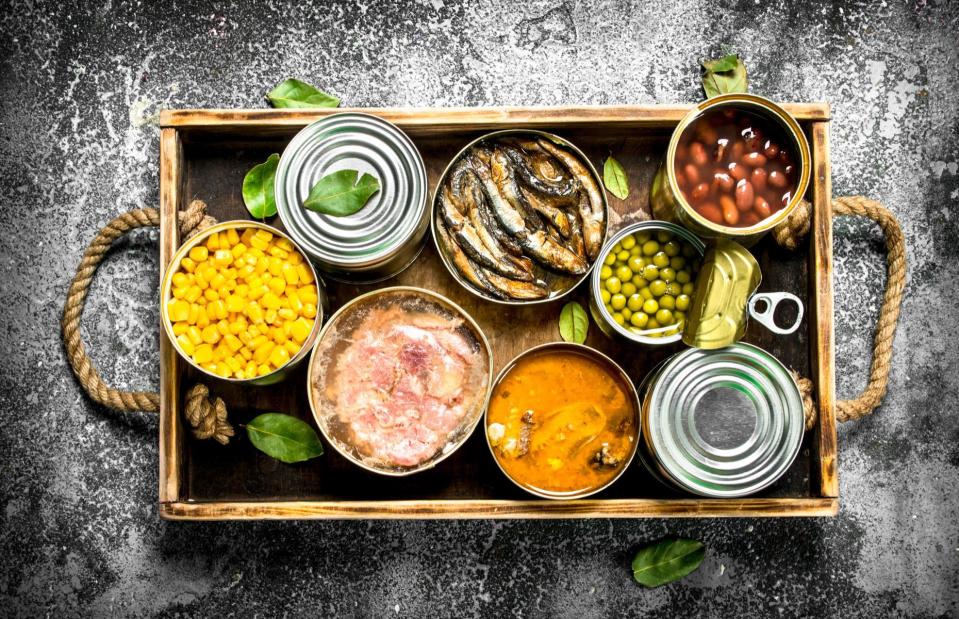
Artem Shadrin/Shutterstock
In one famous study, scientists opened a 40-year-old can of corn and found that the vegetable looked and smelled perfectly fresh, with nutrition values little changed. While really old cans are probably fine, a rule of thumb is not to stretch beyond 18 months for high-acid canned goods, like tomatoes and grapefruit, or five years for low-acid canned goods (pretty much everything else). Never eat from a can that’s bulging, badly dented or leaky.
Cauliflowers, carrots and red peppers
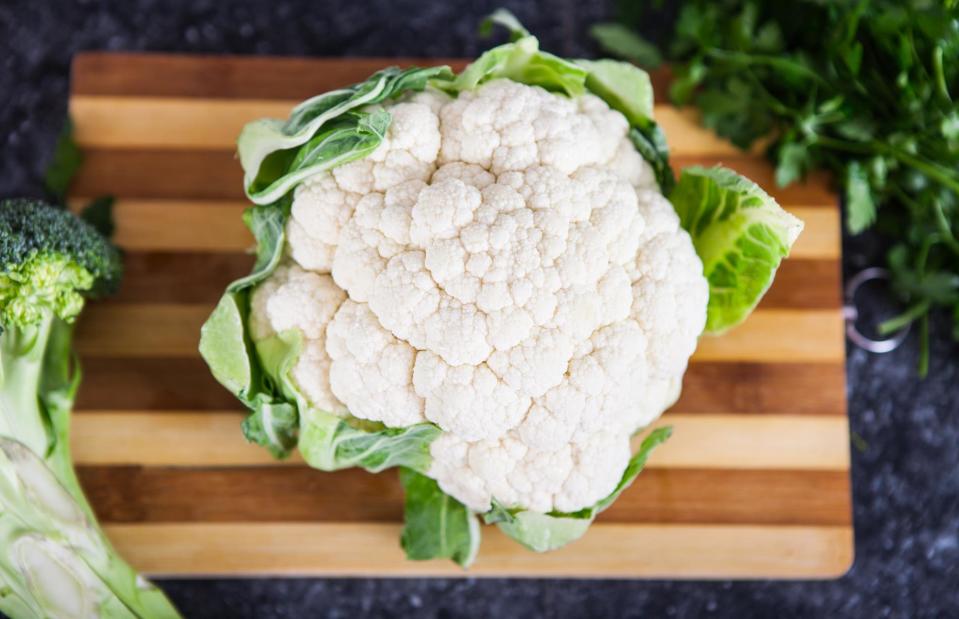
takoburito/Shutterstock
These firmer vegetables can still be good even with a spot or two of mould on – as long as you cut at least one inch around and below the mould, keeping the knife out of the mould itself to prevent cross-contaminating other parts of the produce. The denser texture of these veggies makes it harder for mould to penetrate.
Peanuts
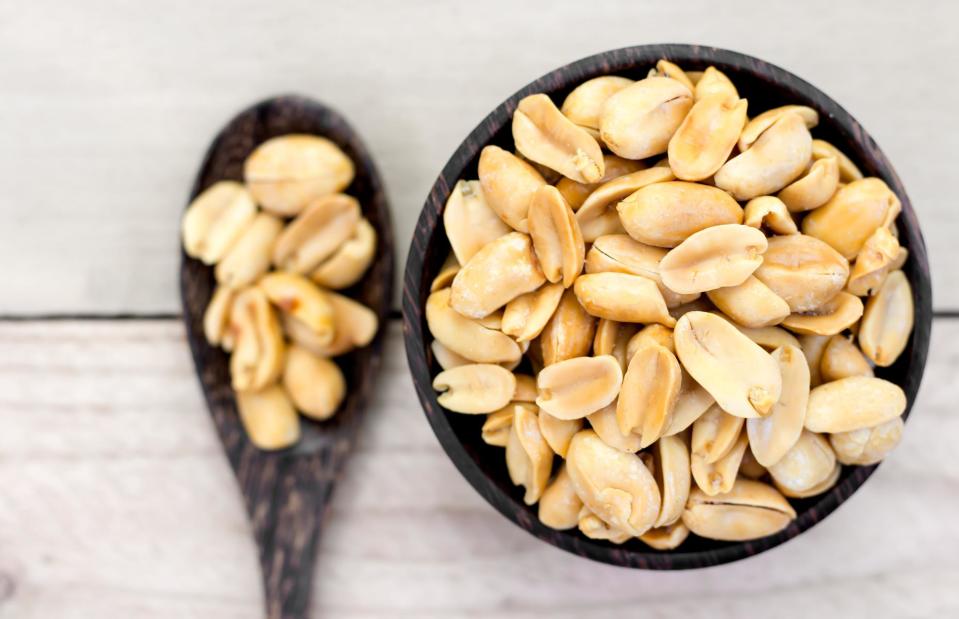
kram9/Shutterstock
You can eat peanuts beyond the expiration date if they aren’t soft or rancid. But if there’s the slightest hint of mould, or if the peanuts are discoloured, shrivelled, or the shell is broken, throw them away. That’s because peanuts, especially those grown in Africa and Asia can harbour the fungus aspergillus flavus, which produces a toxin that causes liver cancer. Imported peanuts must pass inspections so you should be OK, but it still pays to be on the look out for substandard nuts and check the packaging for dates.
Leftover pizza

Lapina/Shutterstock
There are no expiry dates to go on with leftovers, but pizza slices should be good for three to four days. That’s as long as you put the slices you can't manage in the fridge (covered) within two hours of them coming out of the oven.
Salami

beats1/Shutterstock
Sliced salami, ham and other deli meats are good for three to five days after opening. Whole chorizo and salami can keep much longer if they aren’t cut into (any "best if used by" information on these is only a guide). Nor do you have to worry about white mould on the surface of salami – this is a traditional feature and nothing to worry about.
Hard cheese
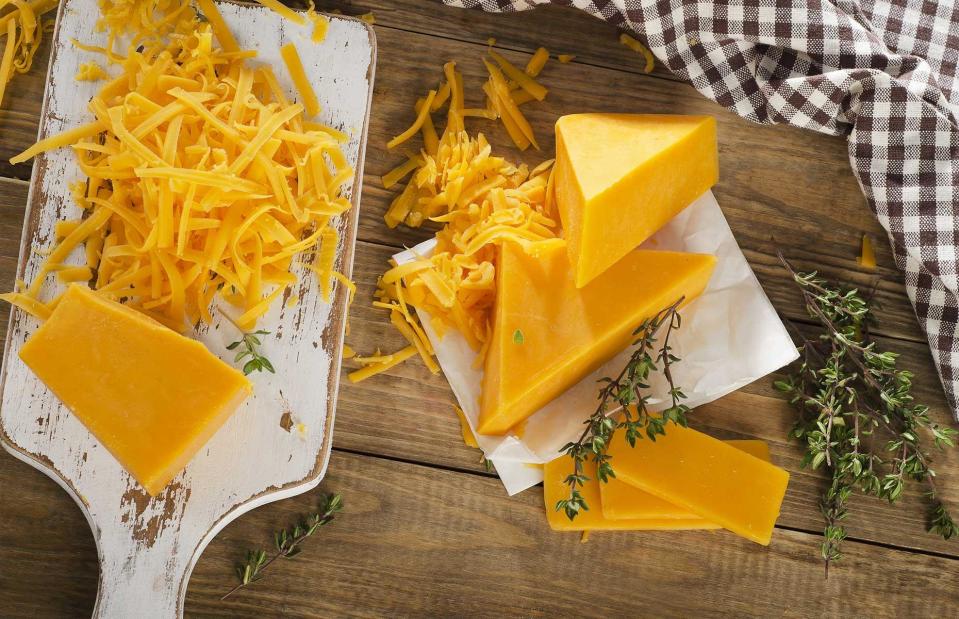
bitt24/Shutterstock
With hard cheese there’s little to worry about – it can keep unopened in the fridge for six months and three to four weeks after unwrapping. Mould spots on hard cheeses like Cheddar aren’t able to penetrate far into the cheese – the Food Standards Agency says you can cut out a mould spot and re-cover the cheese in fresh wrap.
Eggs
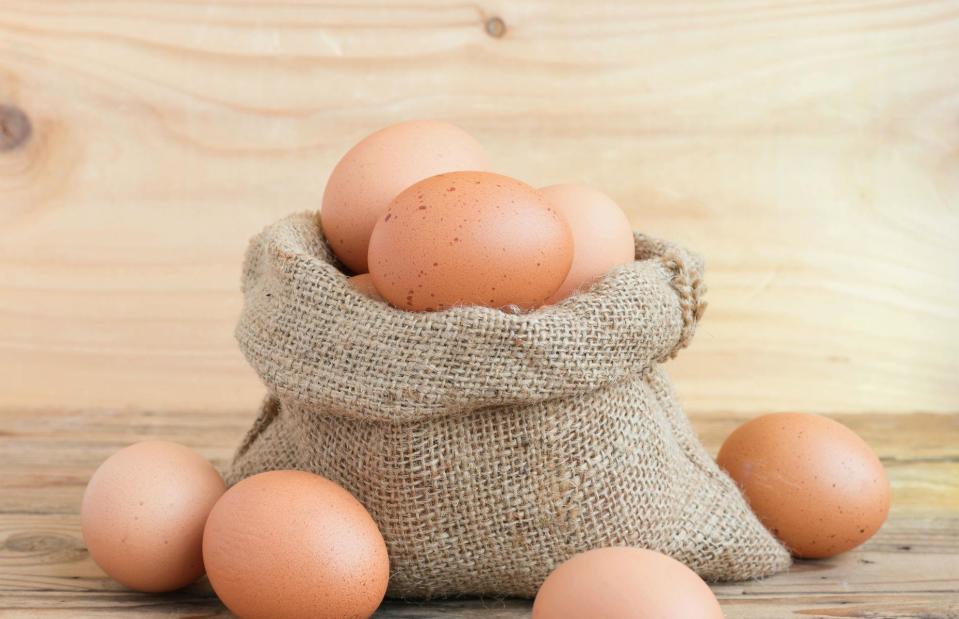
Nanthaphiphat watto/Shutterstock
Eggs will be safe if refrigerated (or kept constantly below 18°C/64°F) and cooked by the date on the pack. Up to 90% of British eggs are produced under the Lion Quality scheme, which means the chicken flocks are vaccinated, so salmonella in the eggs is no longer a problem. Have eggs that are out of date? Egg industry website egginfo.co.uk says the best before date can be ignored if the egg sinks to the bottom of a glass of water. However, if it floats, it's stale.


